The Magnificent Seven
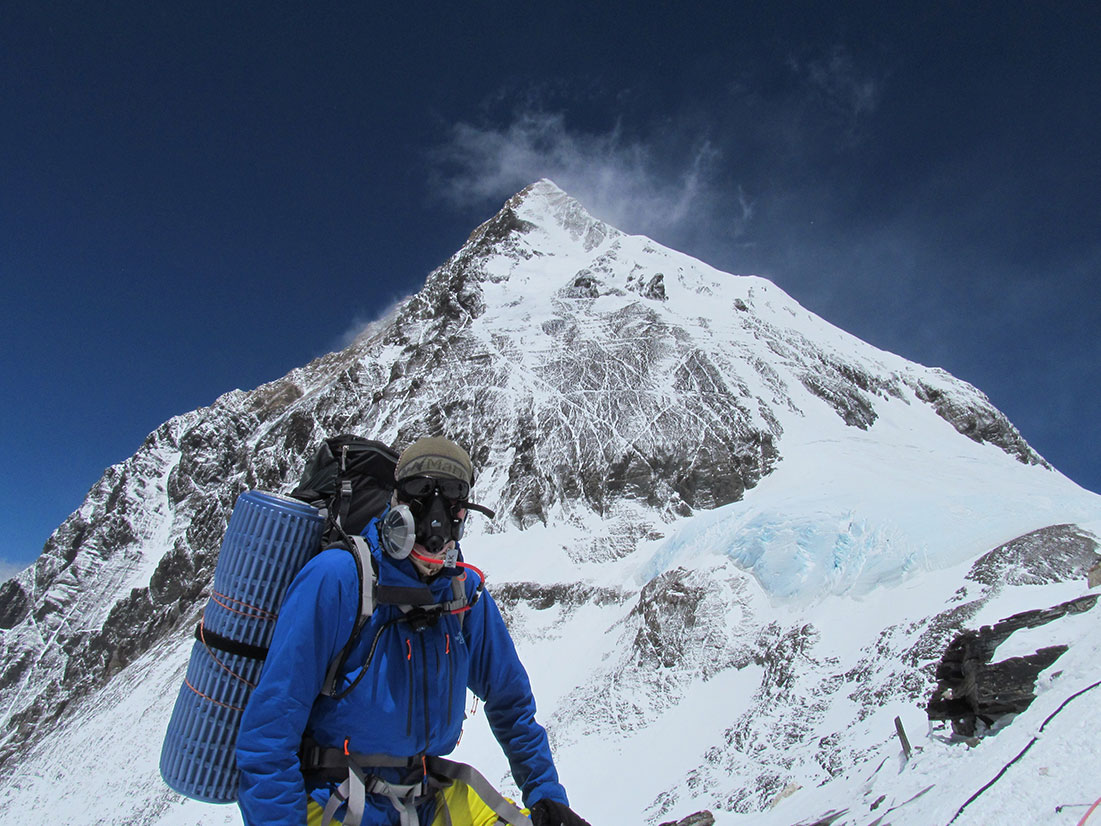
Mark Milewski '96 MA has sumitted the highest mountain on each continent.
Mark Milewski '96 MA shared this picture of himself on Geneva Spur on his way to the peak of Mt. Everest on May 18, 2016.
Everest was number five in Milewski's quest to climb the Seven Summits, the highest mountain on each continent, which he completed last year. The lack of oxygen made Everest the most dangerous of the climbs, says Milewski. "Each mountain has its charm and story," he says. He climbed the first of the seven, Mt. Elbrus, in July of 2007. "I felt the weight of history climbing Elbrus in Russia, the country where my father lived involuntarily during World War II and miraculously survived."
A Journal
by Mark Milewski
In August 2019, I completed my goal of climbing the highest mountain on each continent with a summit of Mt. Carstensz Pyramid on the island of New Guinea. My trip started with a visit to my sister Teresa at 10,000 feet in Fairplay, Colorado, for acclimatization training. My sister and I hiked up nearby Sheep Mountain with friends Scott and Suzanne. I also witnessed for the first time the unique Fairplay festival of Burro Days, which is a race of various lengths for burros and their owners down Main Street and around the surrounding hills. On my last full day in Colorado, I climbed a "fourteener" "“ Quandary Peak, 14,271 ft. (4350m).
I hopped a flight to San Francisco where I would catch a direct flight on Singapore Airlines to Singapore, a city I've always wanted to visit as it has a reputation for being very modern and well managed. The direct flight is important so that my luggage with hard-to-replace mountaineering equipment didn't lose its way in transit and put my trip in jeopardy. I loved Singapore. It is indeed modern, clean, with architectural marvels such as the Marina Bay Sands Hotel the top of which looks like a ship (see the movie Crazy Rich Asians).
From Singapore I flew to Bali, the Indonesian island paradise, where my team gathered to meet and organize. Adventure Consultants (AC), the guide service I chose for this trip and many other previous trips, put the team together. There were four of us. Rami is a financier based in London. Gary an entrepreneur and two-time "Amazing Race" contestant from Kentucky. Frank of Florida had a distinguished military career and now runs his own company serving veterans. Our guide, Mike Roberts, leads mountaineering expeditions globally for AC and has summited Everest nine times, including my own trip in 2016. It was great to be reunited with Mike. His excellent judgement, superb organizational skills, pleasant demeanor, and Olympic-level fitness have earned him deep respect among his peers and clients.
We flew the Garuda Indonesian Airlines red-eye to Indonesia's easternmost province: Papua on the island of New Guinea. I believe the early morning flight is mostly to accommodate the wet weather at our destination, Timika, where it rains frequently in the afternoon but generally less so in the mornings when the plane arrives (this pattern did not hold during our visit). There is a lot to say about New Guinea. It used to be a Dutch colony. When the Dutch left in the 1960s, the eastern part of the island became the independent nation of Papua New Guinea. The western half of the island came under the control of Indonesia and is divided into two Indonesian provinces, West Papua and Papua, but the entire Indonesian part is generally just called Papua. There are three tribes here that often do not get along and sometimes will war with each other. There is a movement for an independent Papua and the "separatists" or "freedom fighters" (depending on what side you're on) will sometimes attack the Indonesian military and other symbols of foreign domination. Approximately 500,000 Papuans have died in this fight since the 1960s. Finally, the Grasberg Mine, the largest gold mine in the world, is very near the objective of my visit: Carstensz Pyramid (16,024 ft. / 4884m), the highest mountain on the continent of Oceania. Grasberg Mine is owned by Freeport-McMoRan, a multi-billion dollar publicly-traded corporation headquarted in Phoenix, Arizona with mining operations around the world. They're not very keen about having climbers or any visitors near the mine who might cause them problems. In December 2018, the mine contract was renegotiated and now Indonesia owns 51% of rights and Freeport 49%. Sometimes Papuans will attack the mining operation in protest that they do not reap enough of its benefits.
Access to the mountain used to be from the north via a jungle trek. This has been discontinued as tribes would sometimes hold mountain climbers hostage for ransom. Also, if demands were not met, the climbers are in remote jungles where bad things can happen undetected. Our guide Mike and his clients a few years ago were held captive by tribesmen who lit a circle of fire around them as a jail cell while negotiations ensued. Goods were given over and after the hostages were free to go, they decided to end the expedition rather than be followed into the jungle to who knows what end.
Thus, entry and exit are now by helicopter from Timika in the south. This, in our case, created its own set of weather-related problems. We were stuck in Timika for seven days as rain and sometimes thunder-storms prevented the helicopter from flying. When it was sunny in Timika, it would be socked in at base camp and vice versa or sometimes both places were unflyable.
Timika has a population of 130,000 people. It is quite poor with tin huts and rough roads. The population on Papua is 85% Christian and 15% Muslim. Near our hotel there were several mosques broadcasting the call to prayer five times a day throughout the city on loud speakers. Usually the call to prayer music lasts about 20 minutes with the first call around 6 a.m. With the various tensions in the air, Timika didn't seem the best place for long, solitary walks so I stayed primarily in the hotel trying to stay fit by briskly walking the stairs and hallways. Gary and Rami took a trip to the highland town of Wamena for a cultural festival. Lots of penis gourds and dancing were on display. The weather was good up there and they enjoyed the excursion.
Finally, the weather broke enough and on the seventh day our team was able to get two helicopter flights to the mountain. That put Mike, assistant guide Brury, Frank, and I in base camp. The weather closed before Gary and Rami could fly in so they remained in Timika an additional day. The good news is that we had switched to a nicer hotel by that time that had an exercise room, decent pool, and better food. We played a lot of the card game Hearts while there.
When the weather cooperates, this trip can go quickly. The helicopter dropped off Frank and me at base camp around 9:40 a.m. We all decided to head for the summit that night. Timika sits close to sea level. Base Camp (BC) is at 13,800 feet (4,200m). That's a fast ascent to altitude so we popped some Diamox, a drug that helps with acclimatization. That afternoon we took a short hike to the base of the cliff and then returned to camp where we organized our gear, food and water, got some rest, and turned in early.
On Thursday, August 15, my watch alarm went off at 1 a.m. At 2 a.m., Mike, Frank, and I turned on our headlamps and started hiking into the darkness. Carstensz Pyramid is a limestone cliff that juts up 2,000 feet from BC. It's a beautiful rock. It was drizzling and cool when we started but the drizzle soon stopped. The rock is coarse with plenty of good hand and foot holds. It is often rated 5.7 with some 5.8 climbing. In between there are three terraces that turn the climb into a scramble. The last challenge before reaching the summit ridge is a steep 165-foot headwall. We reached the ridge at sunrise. It was breezy and just below freezing. This caused our fixed line to ice up, which made it trickier with our ascenders. It snowed on and off. Our climbing gloves were soaked through from handling the wet rock. We constantly had to warm our fingers.
The ridge is relatively flat with a slightly upward grade. There are three notches to negotiate. You quickly come upon the first that until recently required a Tyrolean Traverse. Now there is a three-wire bridge there: two wires for your hands and one for your feet. There's a long drop below. Imagine doing a trapeze over an abyss. The second and third notches are tricky leaps of faith over deep chasms. You are clipped into a line but you don't want to test it. Having passed these challenges, you're on your way to the summit. On this last section, a boulder dislodged and came barreling toward me. Mike yelled, "rock, rock, rock!" Fortunately time seemed to slow down and I knew I needed to step left. I did so and the rock flew by me to the right. If it had hit me, it would have been a bad situation. I thanked God for watching over me. We laughed at tricking death and then moved onward.
We reached the summit at 7:30 a.m. It was cold and windy so we spent only enough time to take pictures and then we started our descent. Wet gloves, cold hands, down climbing, arm wrapping, four rappels, some scooching, fatigue, every technique in the book, temperature warming as we descended, and finally reaching base camp exhausted at noon after 10 hours of almost non-stop activity. It was actually a really fun climb.
Carstensz is unique among the 7 Summits in that it is primarily a rock climb rather than traditional mountain climbing. It's also a one-day effort once started rather than a multi-day endeavor. Fortunately, Gary and Rami were able to fly in the morning we summited. Kudos to Mike because that night he went up the rock a second time with Gary, Rami, and assistant guide Brury. They had better weather with a full moonlit night and a beautiful, sunny day. A rarity for a Carstensz summit. At 9:20 a.m. on Friday, as the helicopter arrived to take Frank and me back to Timika, we were watching our teammates cross the 3-wire bridge high above under blue skies. They got socked in the next day but were able to fly out on Sunday. In Timika, Frank and I made a quick trip to retrieve stored items at the hotel and then just barely caught the flight to Bali on the same day (Friday). Sunday afternoon, now all reunited, Gary and Rami shared their climbing story with me at a beachside bar over a beer. That evening, Mike, Gary, Frank, and I met for a final team dinner minus Rami who had to catch a flight back to London.
Thus my quest to climb the 7 Summits is complete. It started on Mt. Elbrus (18,510 ft. / 5642m) in Russia in 2007 and then I followed it each time with the next higher mountain: Kilimanjaro (19,340 ft. / 5895m) in 2008, Denali (19,340 ft. / 5895m) in 2009, and Aconcagua (22,840 ft. / 6962m) later in 2009. A reprieve followed for a few years until Everest (29,029 ft. / 8848m) in 2016. Then back for the two lowest: Vinson Massif (16,050 ft. / 4892m) in January 2019, and finishing the project with Carstensz Pyramid (16,024 ft. / 4884m) in August 2019. Since there are two 7 Summits lists (one that considers Australia a continent and the other that believes the greater Australia tectonic plate is the continent named "Oceania"), I also climbed Mt. Kosciuszko (7,310 ft. / 2228m) — the highest mountain on Australia. The second list claims that actually Australia sits on a tectonic plate larger than Australia that includes the island of New Guinea, in which case Carstensz Pyramid must be climbed. Check.
Which mountain of the Seven was the hardest? Denali. 60-pound pack hauling an 80-pound sled, digging camp out of the snow, building snow walls so your tents don't blow down from high winds, melting snow for drinking water and cooking, crevasses, winter storms that keep you tent-bound for days, steep terrain, rock fall, no porters, it's all on you. Which mountain is the most dangerous? Maybe Everest wins this one. The lack of oxygen really weakens you and can cause life-threatening illnesses at any moment. Which was the most fun? Kilimanjaro. You are wined and dined with lots of porters and gorgeous views every day (just be sure to acclimatize properly). Each mountain has its charm and story. I felt the weight of history climbing Elbrus in Russia, the country where my father lived involuntarily during World War II and miraculously survived. I'll never forget being stuck on Aconcagua in a cold windstorm for three days at 20,000 feet with my tentmate Will. Vinson is the "just right" mountain: not too steep, not too cold, not too high, just right with spectacular scenery. And Carstensz was a fun rock climb with a fun team.
What's next? I don't think I need high altitude anymore though never say never. I'm nearing completion of the New England 100 Highest. Having thru-hiked the entire Appalachian Trail already, there are other long-distance trails on my radar. The Colorado 14ers are tempting. There is no shortage of mountain adventures and other adventures. The key is to keep living life adventurously. Why did I do the 7 Summits? That's where I found adventure and developed an expertise. Teamwork. Physical fitness. Awe-inspiring views. The thrill of discovery. I visited exotic landscapes around the world and made friendships with fascinating, ambitious people.
What did I learn along the way? Chief among the lessons would be humility and gratitude. Mother Nature can be mercurial: kind one day and punishing the next. The goal is to have enough wisdom to discern her mood. I didn't conquer any of these mountains. They let me climb them and sit on their shoulders for a few magical moments. I am incredibly grateful and feel enormously blessed to have succeeded in this endeavor through the love and support of family, friends, teammates, guides, and God. Here's to living adventurously!
By JESSE RIFKIN '14 (CLAS)
Photos by Peter Morenus

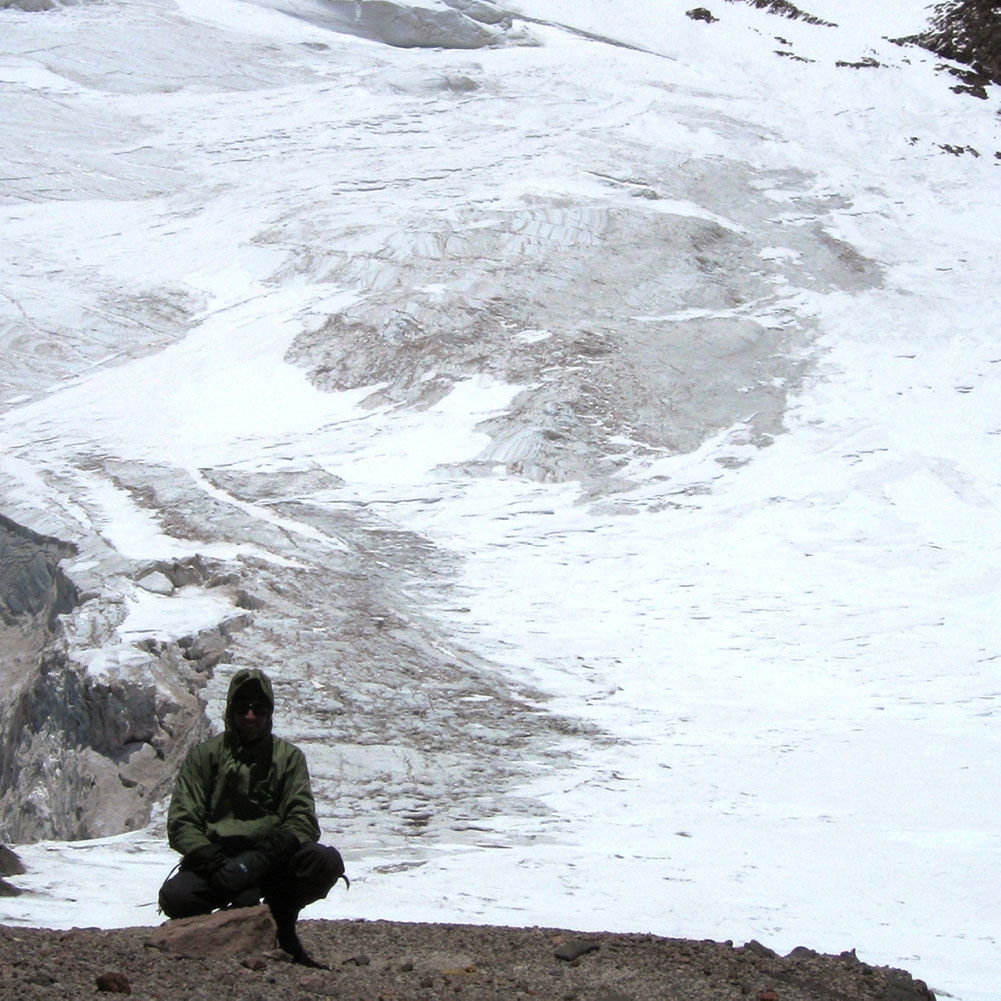
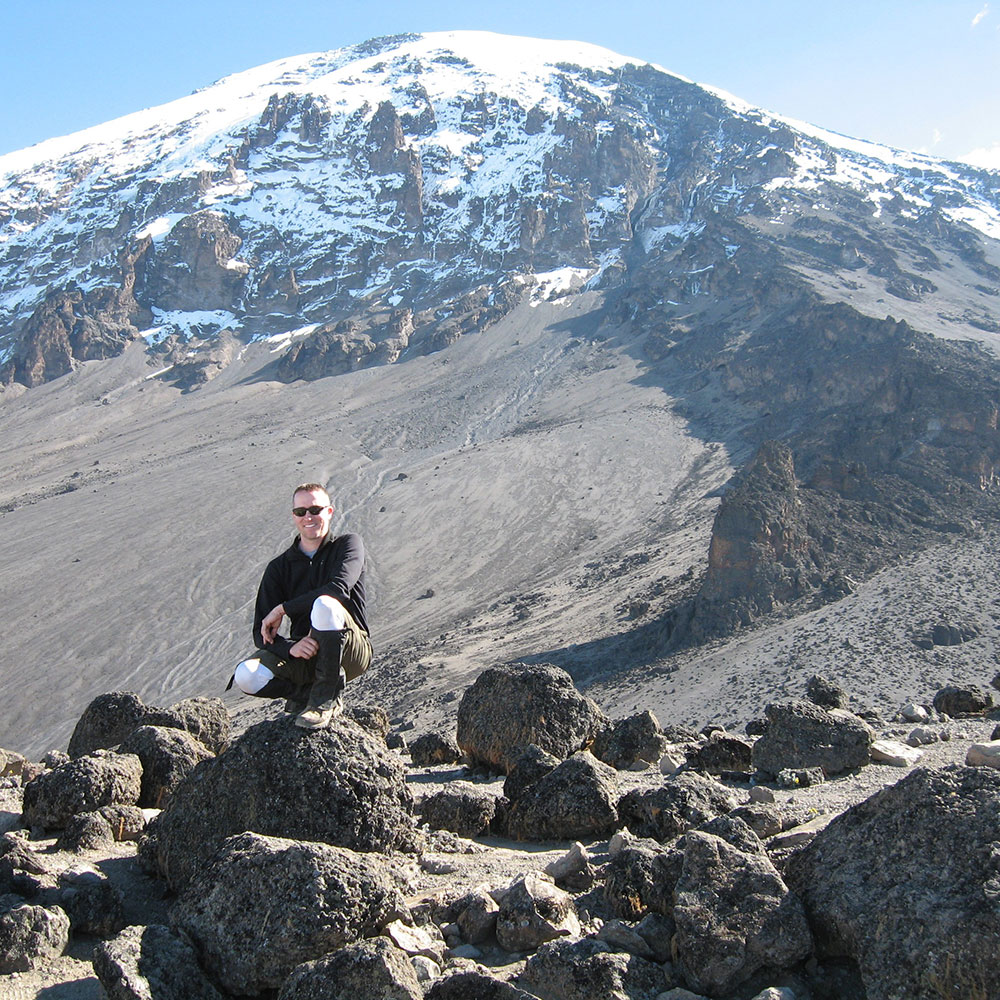
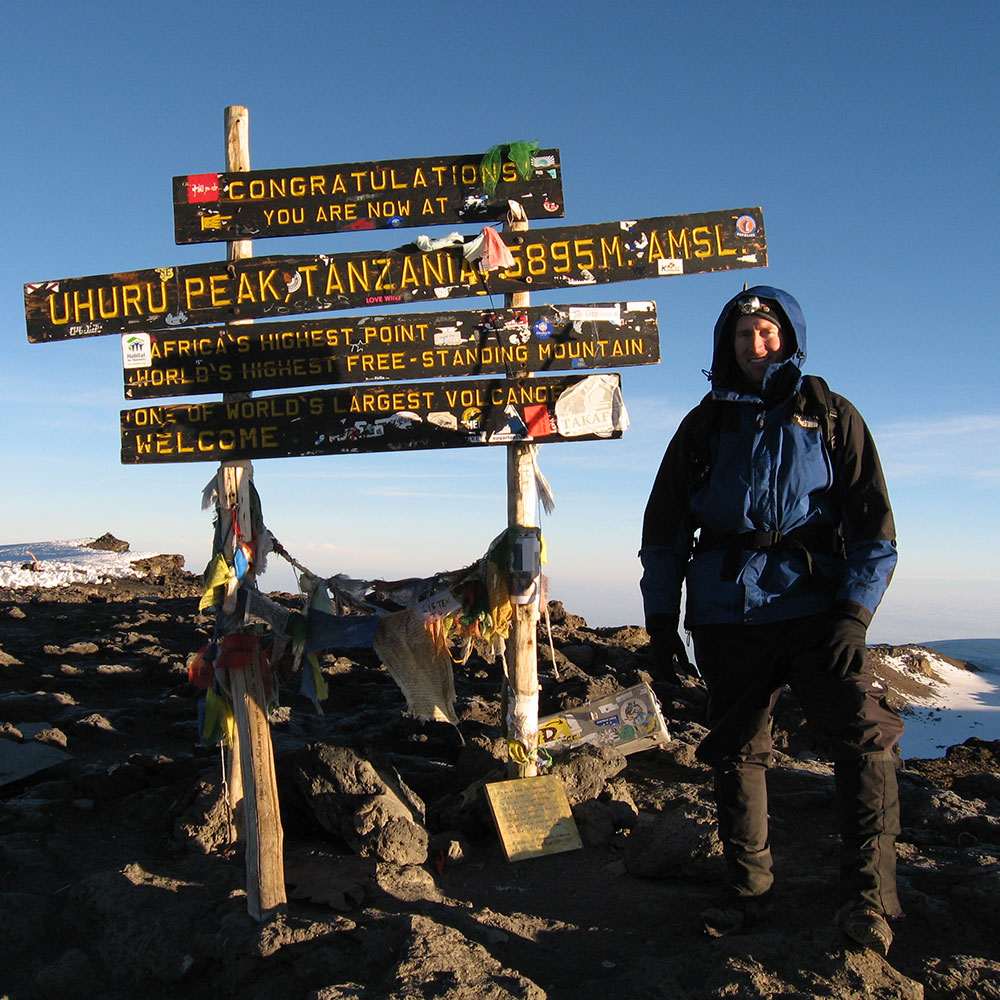

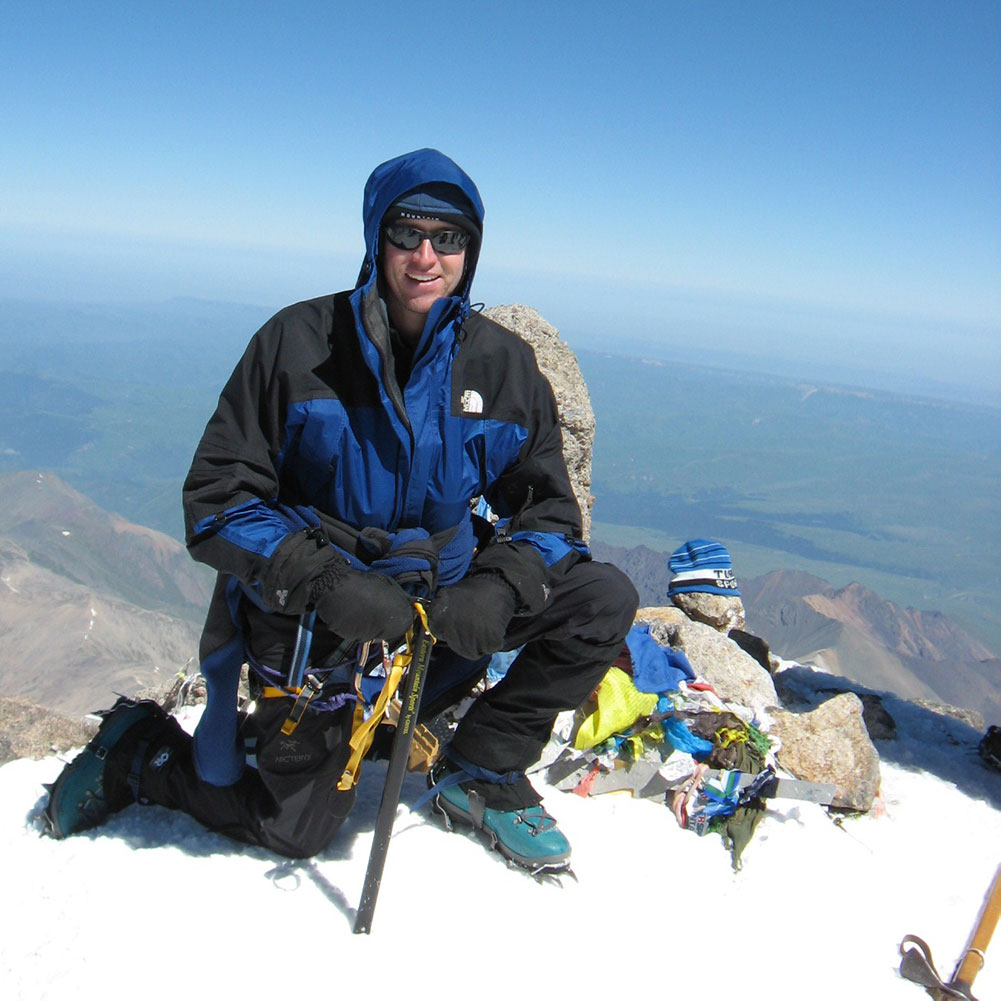
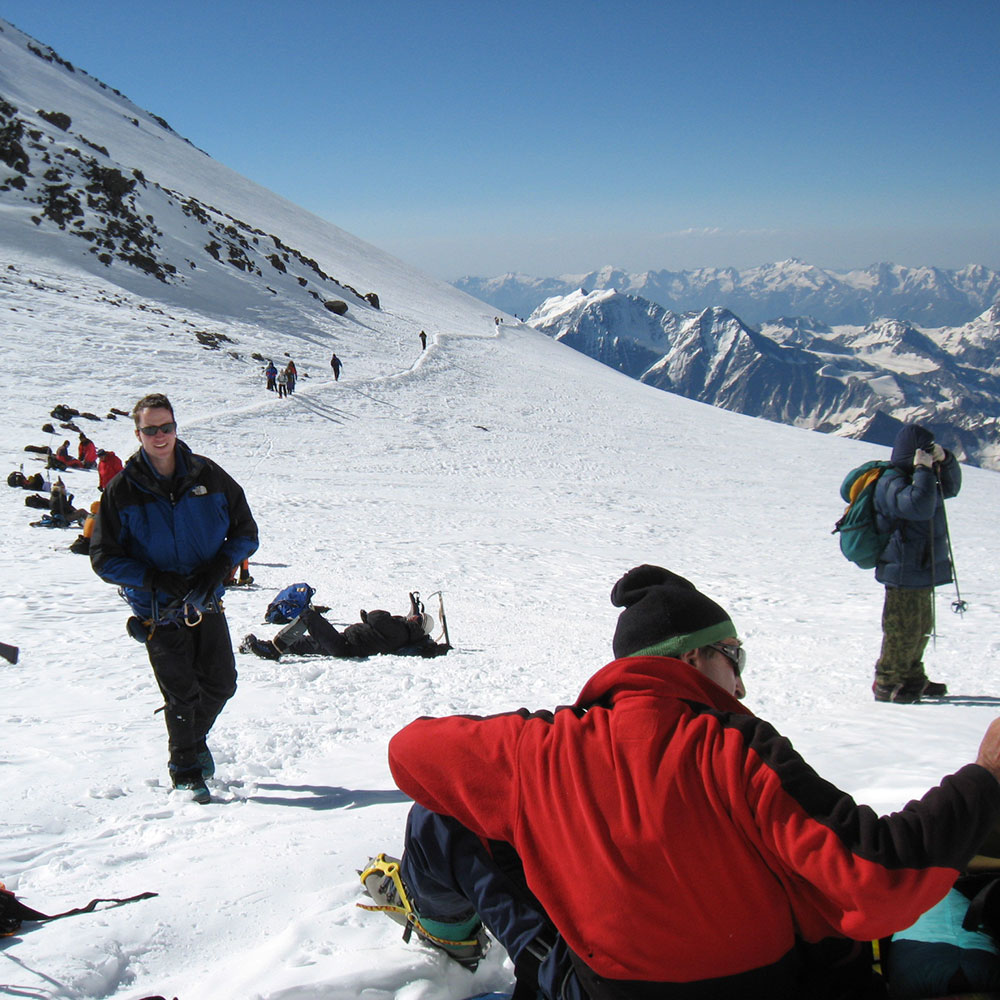
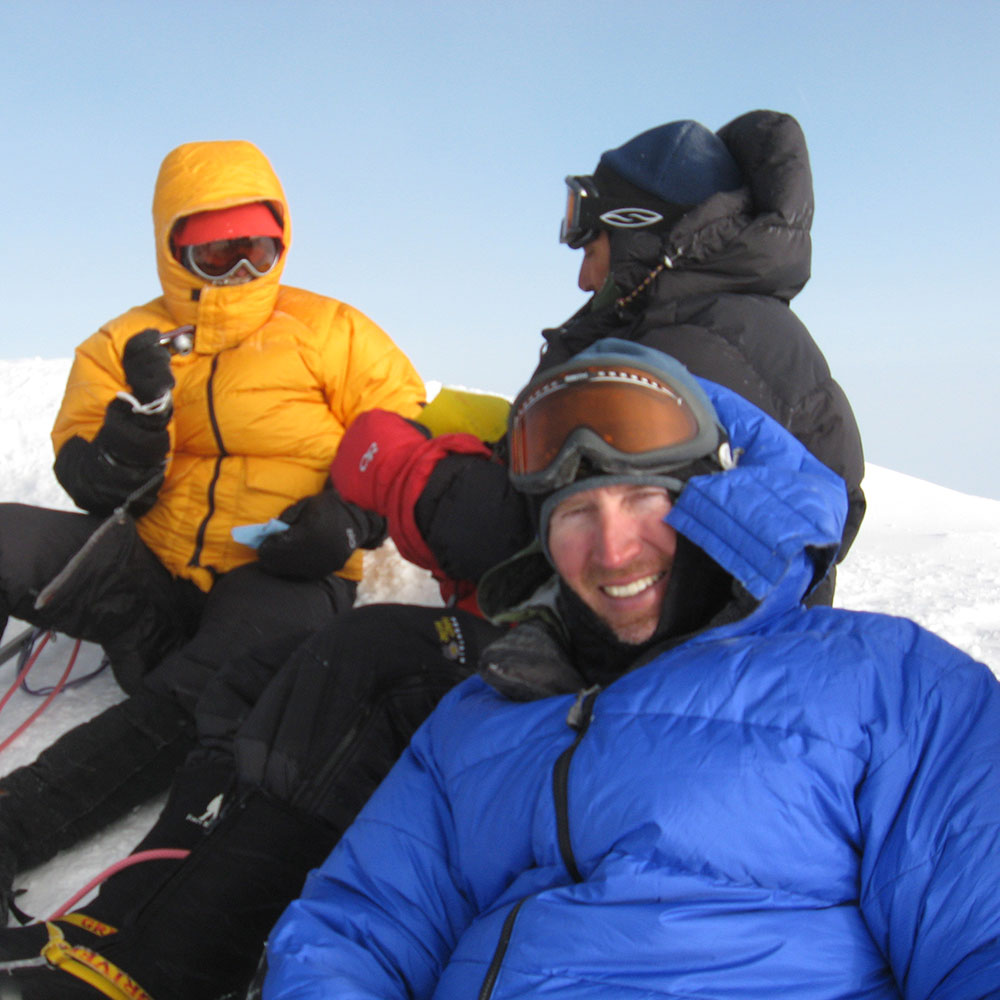

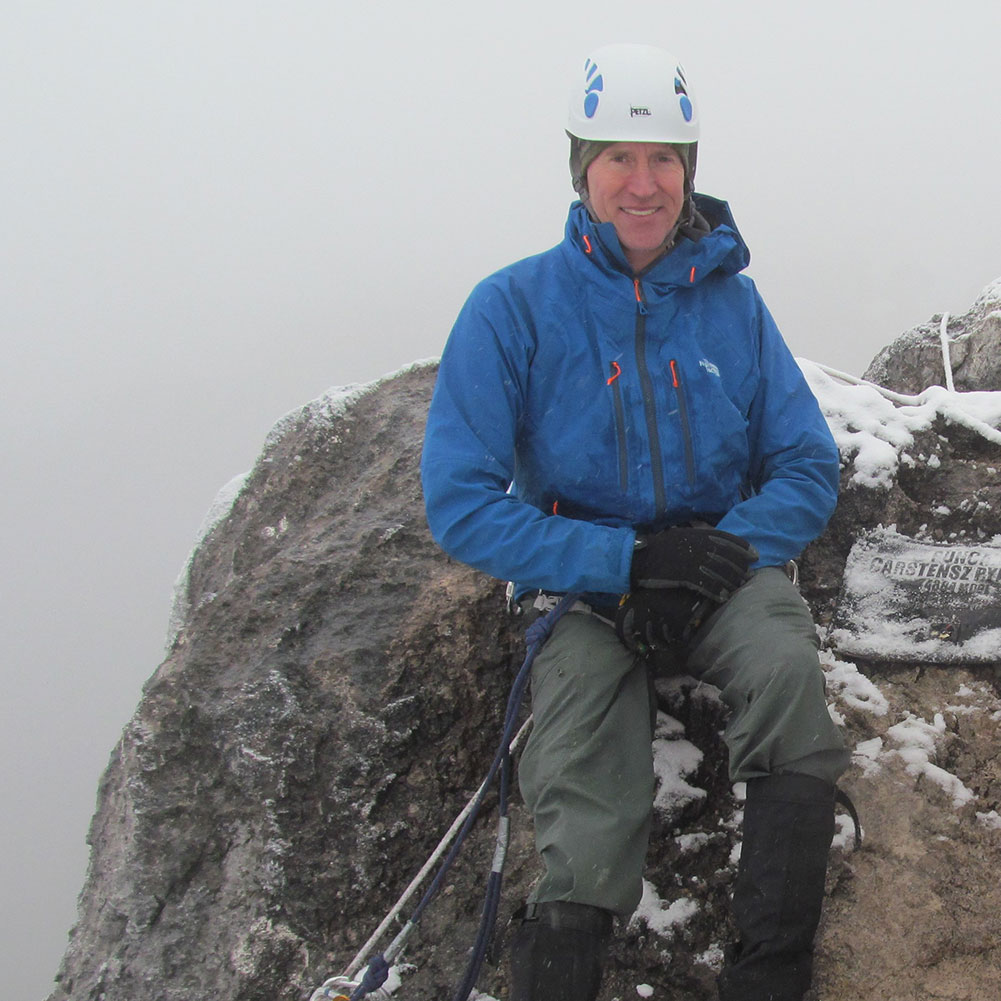
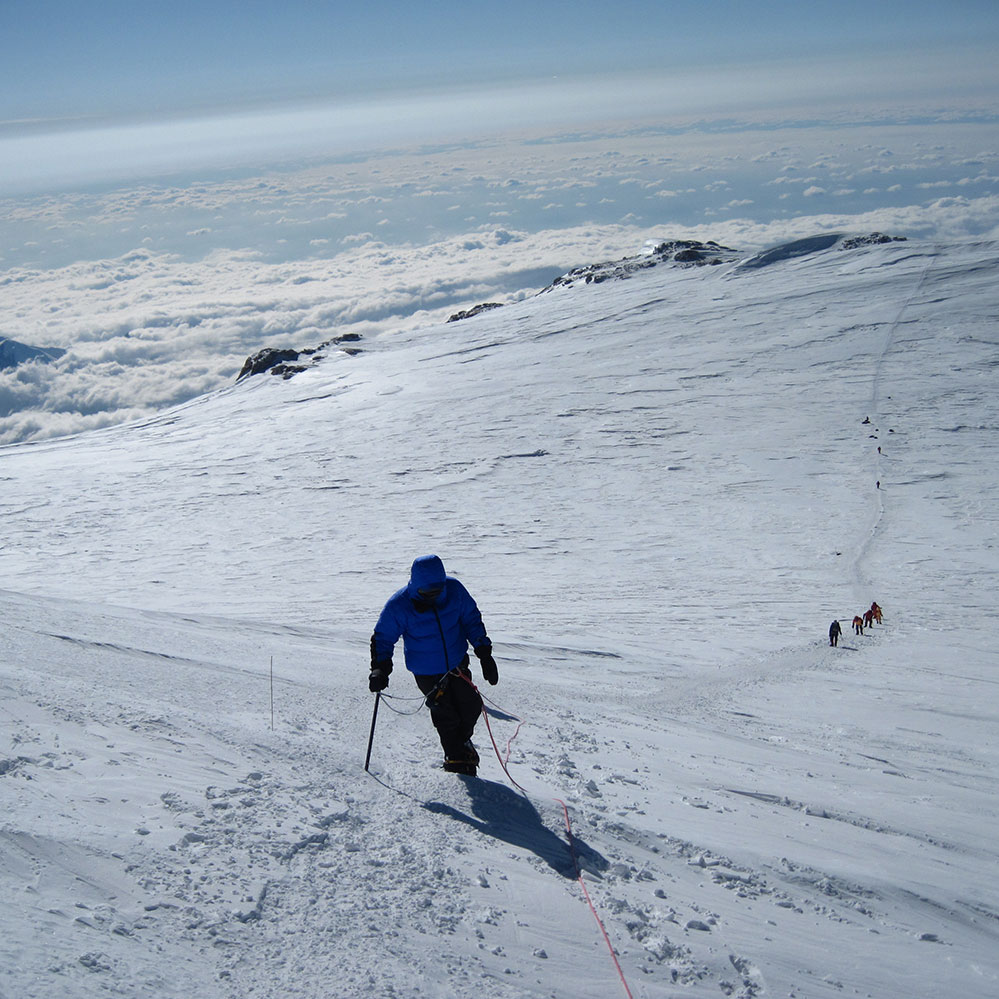
Leave a Reply